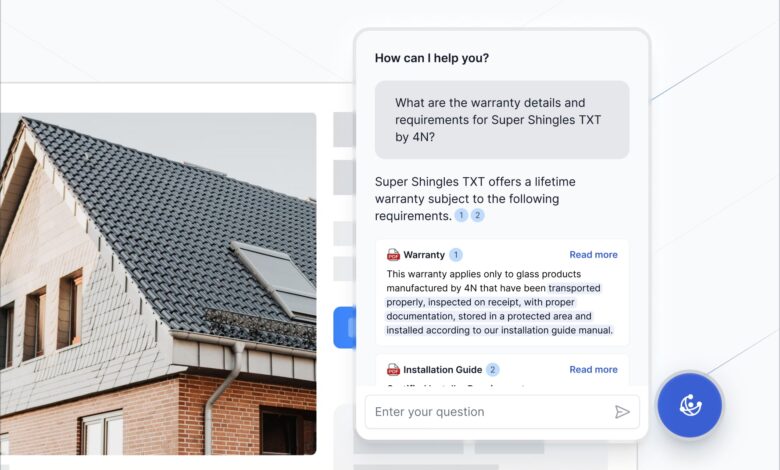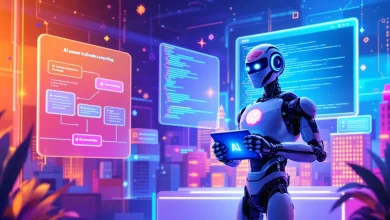
The Next Frontier of Entrepreneurship Is Hidden in Plain Sight
When people talk about AI democratizing entrepreneurship, they usually picture founders spinning up apps, content platforms, or e-commerce ventures overnight. But some of the most transformative opportunities are buried in places few think to look, like the building codes that govern how we design the physical world.
The future of entrepreneurship in construction isn’t about replacing human expertise. It’s about removing the invisible walls that keep good ideas from becoming real, safe, and sustainable structures. AI, applied thoughtfully and anchored in open access, can be the hammer that takes them down.
Why Access Matters for Innovation
In the built environment, the difference between a green-lit project and a stalled one often comes down to how fast you can find and interpret the right regulation. When access is costly or fragmented, large incumbents gain an advantage simply by being able to staff compliance teams, while smaller, scrappier ventures get left behind.
We don’t just lose diversity of players; we lose diversity of ideas. New business models (modular housing startups, climate-resilient design consultancies, AI-driven retrofit services) struggle to scale if their founders spend more time decoding PDFs than building solutions.
By making the “rules of the game” easier to access and understand, AI can lower one of the least discussed but most stubborn barriers to entrepreneurship.
From Bottlenecks to Breakthroughs
Generative AI and domain-specific tools can now ingest thousands of pages of regulation and surface answers in seconds. Imagine an AI that acts like a compliance co-founder: one who can flag potential violations before they happen, compare codes across states, or translate legal jargon into actionable steps for your build.
Picture a solo architect at midnight, hunting through hundreds of PDFs to confirm a stairwell requirement. Now picture him asking an AI and getting a clear, accurate answer in seconds. That shift is the difference between bottlenecks and breakthroughs.
This kind of capability levels the playing field. When smaller teams can make compliance decisions as fast and confidently as industry giants, entirely new categories of entrepreneurship become viable. That could mean a one-person design studio taking on projects across multiple states, or a startup tackling affordable housing prototypes without drowning in red tape.
AI as a Public Good in the Built World
The conversation around “AI for Good” often centers on healthcare, education, or climate modeling. The built environment belongs in that conversation. Every building we construct or retrofit has a ripple effect on carbon emissions, resilience in the face of natural disasters, and the safety of the people inside.
If AI can accelerate the path from idea to execution — while maintaining or even improving safety standards — it’s not just entrepreneurs who win. Communities win, too.
But that only works if the underlying data, in this case the law itself, remains accessible. Efforts to restrict public access to codes, such as the proposed Pro Codes Act in the U.S., run counter to the idea of democratizing entrepreneurship. AI can only be as empowering as the information it’s allowed to see.
Building the Conditions for the Next Generation of Founders
We’re standing at a crossroads. One path leads to a future where AI magnifies existing inequities by working only for those who can afford access to those regulations. The other path, open access paired with smart AI tools — could unleash a generation of entrepreneurs solving urgent problems in housing, climate readiness, and infrastructure.
It’s about faster time to decision, more resilient communities, and an economy where innovation isn’t bottlenecked by bureaucracy.
To get there, we need to treat access to building regulations as a foundational ingredient of innovation, not an optional add-on. We have a choice: lock up the rules of the built world, or open them so anyone can build. AI is the accelerant, but only if the law itself stays public.



